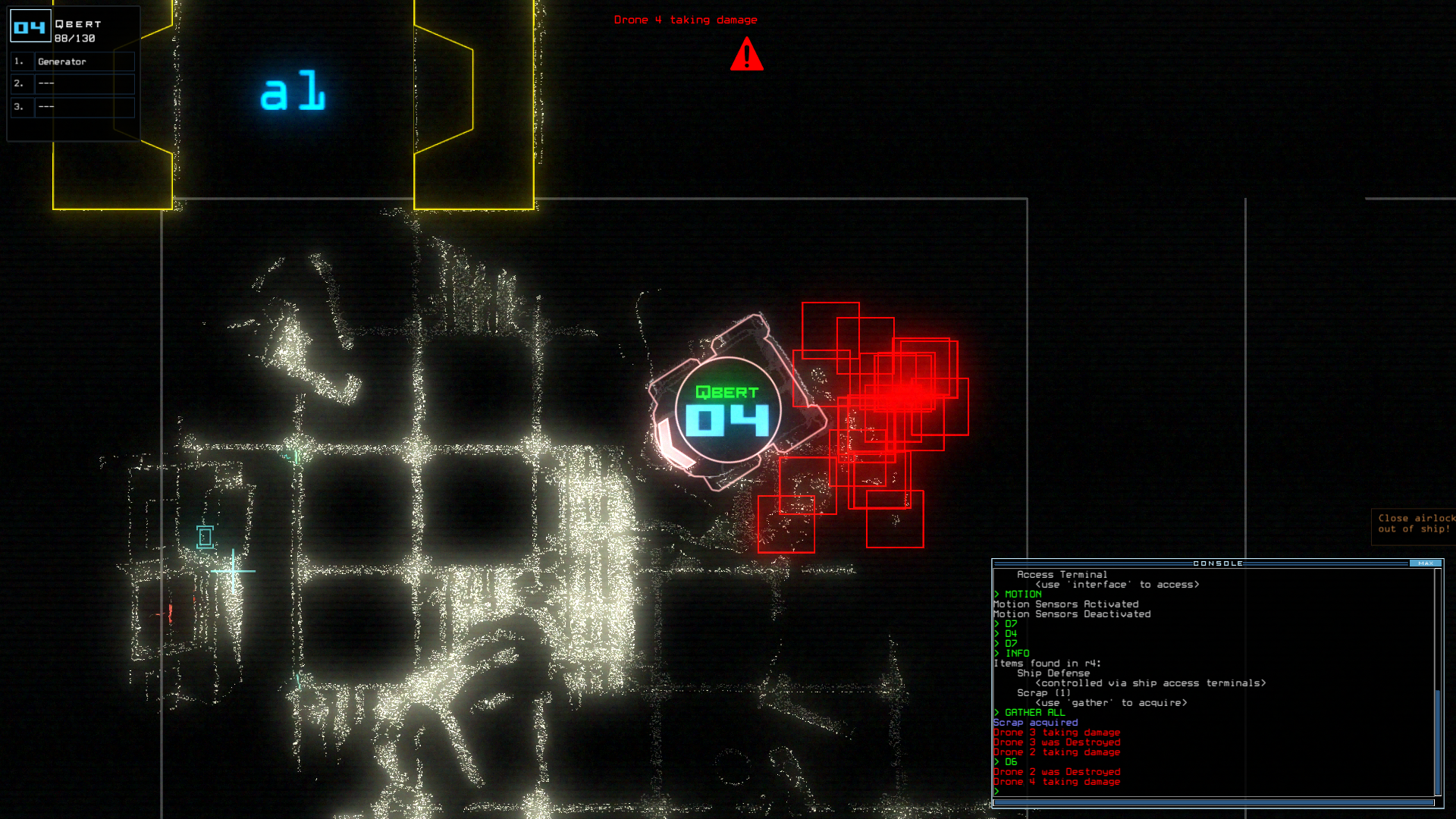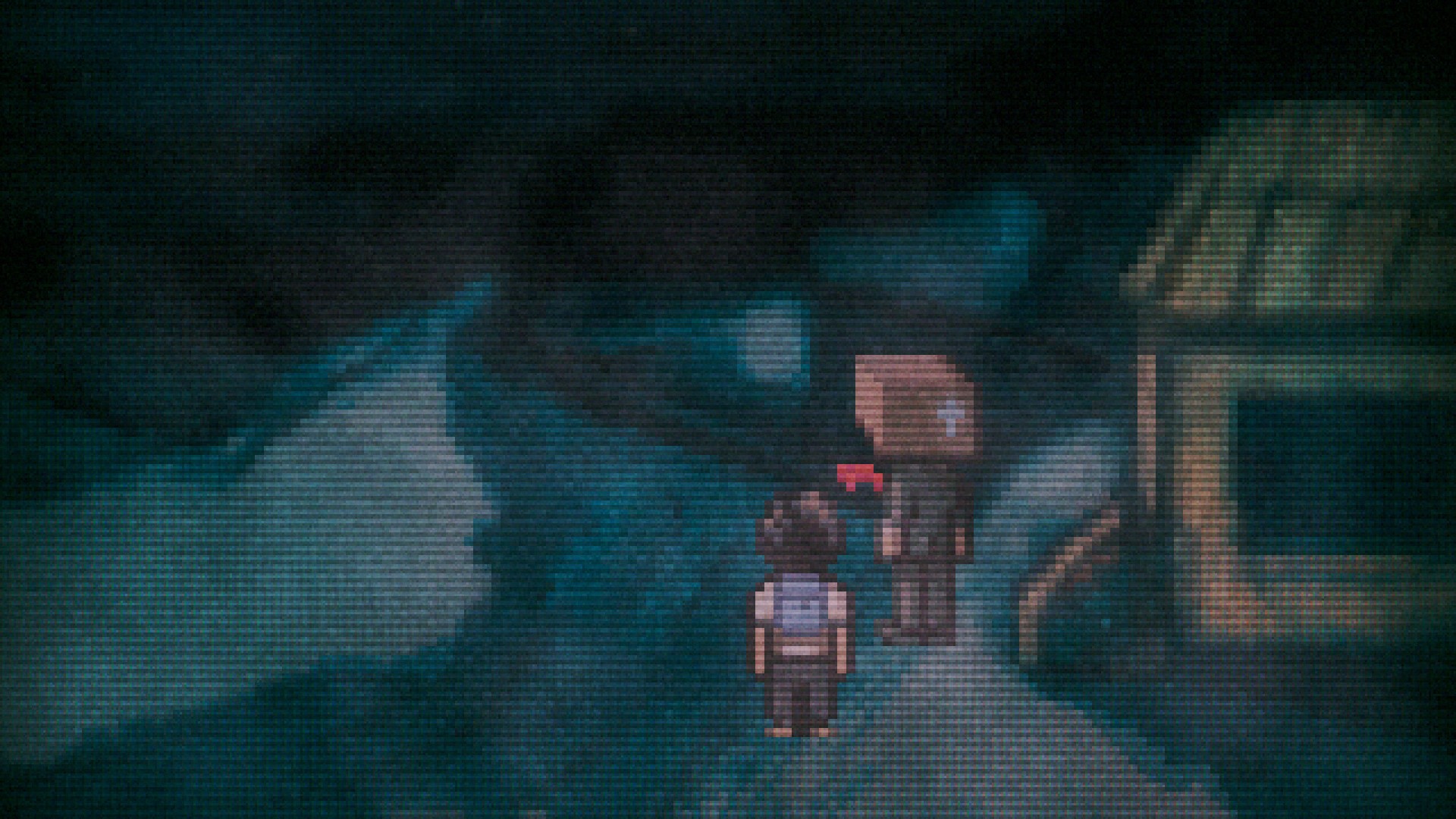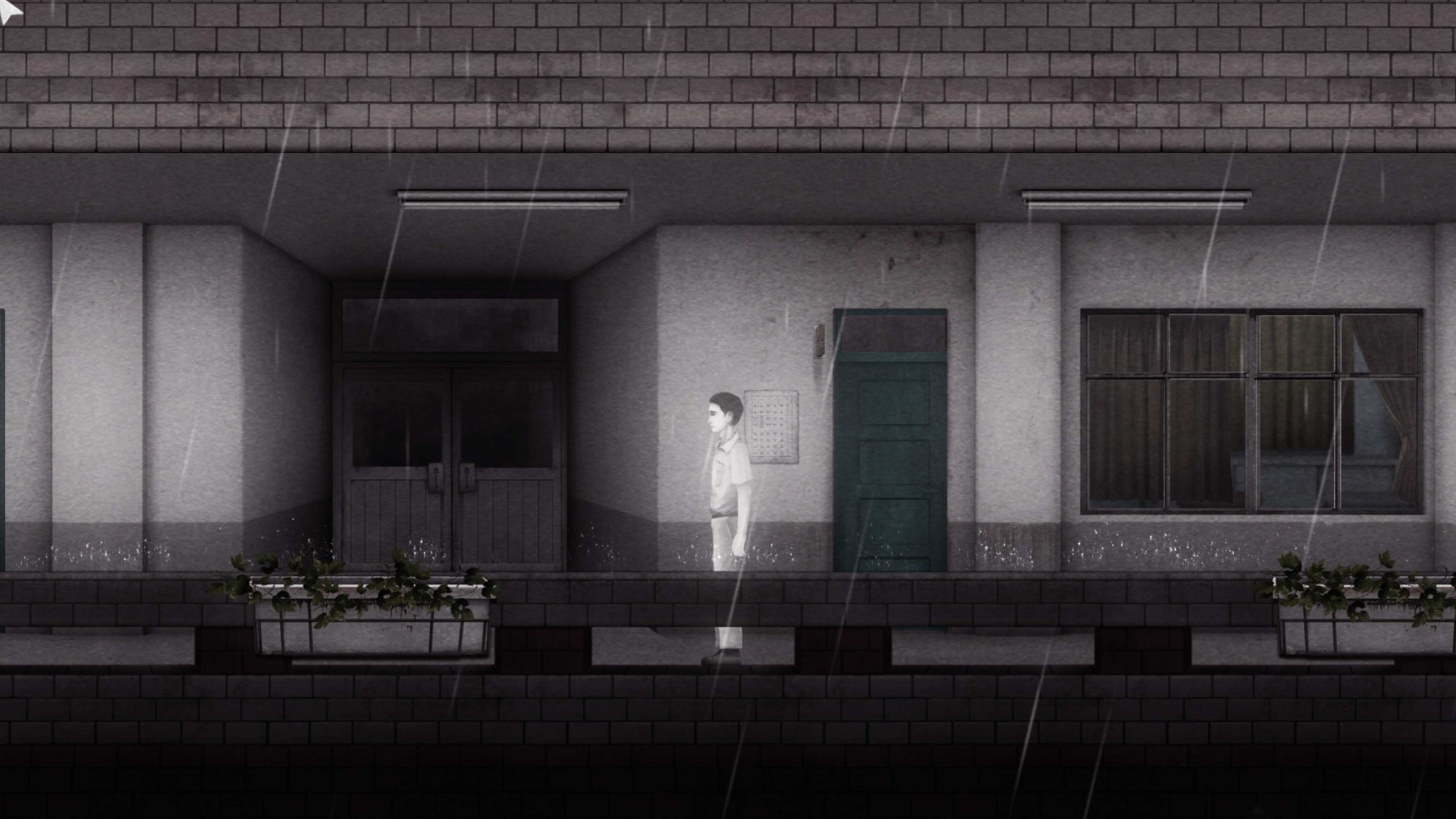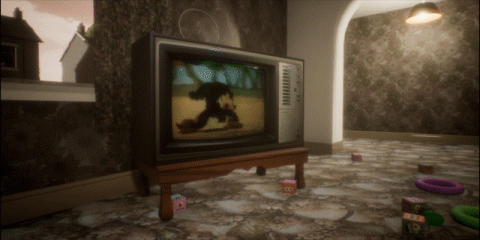10 great indie horror games
The PCG team picks a few scary favourites.

It's Halloween, so you're more likely to be looking for something scary to play than at any other time of year (it's also possible you're just finishing Wolfenstein 2, which is fine too). While you can find our long list of the best horror games elsewhere, in this feature we wanted to focus exclusively on some of our favourite indie horror titles, where the subject matter tends to be more specific than you'd get in a blockbuster game. Hopefully you'll find something in these picks that you haven't played before.
Lone Survivor

This neat Silent Hill-infused sidescrolling adventure sees you trying to escape a disease-ridden city, and what transpires is shaped by how you play—how many pills you take, how much you've slept and so on. It has flashes of Lynchian surrealism, and its grimy corridors are chilly spaces to explore. The director's cut, available on Steam, features new areas and two new endings, among other extras. Since developer Jasper Byrne is also a musician (his work is featured in both Hotline Miami games), the soundtrack is fantastic, and again feels like it takes some influence from Konami's seminal horror series. I'm not sure what happened to Byrne's non-horror follow-up, New Game Plus, but it sure looked cool.—Samuel Roberts
Detention

Inspired by Chinese mythology and Taiwanese culture, this atmospheric, subtly creepy game is part point-and-click adventure, part survival horror. Set in the 1960s, two students are trapped in a school haunted by bizarre creatures and must find a way out. The hand-painted art is stunning, and the tone and puzzles are reminiscent of the original Silent Hill. An overlooked game and one of the best modern horrors on PC.—Andy Kelly
Anatomy

I don’t want to say too much about Anatomy other than you explore a house looking for VHS tapes. Things change. Considerably. This isn’t your typical haunted house story either. If Resident Evil 7 is the Texas Chainsaw Massacre then Anatomy is Kill List or Jacob’s Ladder or Under the Skin. It’s a short, slow game that refuses to use closets for monsters, positing the house itself, the medium, the geometry as what you should actually be afraid of. —James Davenport
Stories Untold

This horror anthology features four connected stories of spooky happenings. Episode one, which you can play for free on Steam, sees you exploring an abandoned house in an ancient text adventure within the game, while sat at a desk. The environment around you starts to change in accordance with your actions in the game, and it becomes scary as hell. And that's just one episode—the others are based around a very different idea, each of which involve deliberately repetitive interactions and escalating spookiness.—Samuel Roberts
Bonbon

This tiny, unsettling slice of horror marries toddler-in-the-eighties-in-the-UK nostalgia with that sense of mundane things becoming scary when you view them through the perspective of a child. The best thing about Bonbon is how it meanders back and forth across the distinction between reality and imagination in order to create its scares. The actual interactions can be clunky but there's an ambiguity built into the experience which elevates the result.
I should confess that I can only just about handle Bonbon because horror really isn't my genre and I had to ask a horror-aficionado friend to reassure me that there wasn't much left when I was tempted to quit out. I also managed to attract attention in the office after a particular jump scare got me really badly. But overall I'd say this is an interesting horror game which I, a terrified person, managed to play and get something out of. Maybe don't make me sleep with the lights off for a week, though.—Pip Warr
Keep up to date with the most important stories and the best deals, as picked by the PC Gamer team.
SCP-087 (Stairwell)

The SCP stories are the product of a bunch of strangers on the internet trying to freak each other out. They are often disturbing, and frequently work ordinary objects or locations into nightmarish horror scenarios. Stairwell is one. You simply walk down a dark staircase for a random number of floors as weird stuff happens. It’s so simple but very effective—a perfect example of an indie horror game that focuses on one idea and nails it. The SCP Foundation is worth a visit if you want some odd horror fiction.—Tom Senior
IMSCARED

IMSCARED is a low-fi first-person horror game that describes itself describes itself as a "metahorror" experience. Its creator warns that the game "will try to deceive you as many times as it can". To say much more would spoil things, but expect the trickery to extend beyond the confines of the game. Keep an eye out for any stray files on your desktop screen, and don't say I didn't warn you.—Tom Senior
Duskers

Equal parts real time strategy, survival game, roguelike, and horror, Duskers puts you in remote control of a handful of drones as you explore a series of procedurally generated derelict spaceships. Scavenge for fuel, scrap metal, and upgrades, and try to remain calm as unseen alien entities skulk around the spooky-as-hell ships, chewing through doors and slipping through air vents in an attempt to destroy your plucky drones. With low-fi visuals and excellent sound design, Duskers overflows with tension, atmosphere, and lots of delicious oh-shit moments.—Chris Livingston
The Last Stand 2

The Last Stand 2 is a Flash game about clicking on zombies till they die. In a certain frame of mind I will tell you it is the perfect zombie game.
The first Last Stand was a straightforward thing about standing behind barricades as the undead approached from screen left and learning when to switch to the chainsaw as they neared. Survive until dawn, and it ended. The sequel adds something to do in daylight hours: searching for survivors who will join you at the barricade, as well as more weapons and traps. (Watching a bear trap snag the legs of one of those fast zombies so you can lazily headshot them is a good time.) Any spare hours can be spent repairing the barricade.
But the real reason to search is to find supplies so you can travel to the next town. In 40 days the entire country's going to be quarantined and if you don't make it out by then, you never will. It's as simple, low-budget, and effective as the best movies about the living dead. Maybe it is the perfect zombie game. —Jody Macgregor
Inside

My favourite horror films are those that continue to defy neat explanation even as the credits roll. I'm thinking of weirdo cult stuff like Possession from the '80s, and more recently Enemy, by Denis Villeneuve, the Blade Runner sequel dude. Why mention movies? Because very few games pull off the same feat of managing to be both unsettling and satisfying, but Inside does. The spiritual sequel to Limbo leans on similarly gorgeous but bleak art and animation, but has a story that's far more interesting than its predecessor.
Not that I'm sure I can explain it. Roughly: you're a boy on the run in some sort of dystopic otherworld, navigating puzzles, platforms, and inventively nightmarish insta-deaths. The greatest/nastiest of which has to be the underwater section. Just say to any other Inside player "How about that swimming witch?" and savour their reaction.
And then the game morphs, quite literally, into something else entirely. It's a huge, again also literally, spoiler that we've talked about at length elsewhere on the site, and which developer Playdead gave a great talk about making at GDC last year. I think I've also read them say that the game is fundamentally about totalitarianism, but all I can say for sure is that the implications of its final reel have lingered with me long after I left that moonlight dappled beach. —Tim Clark


